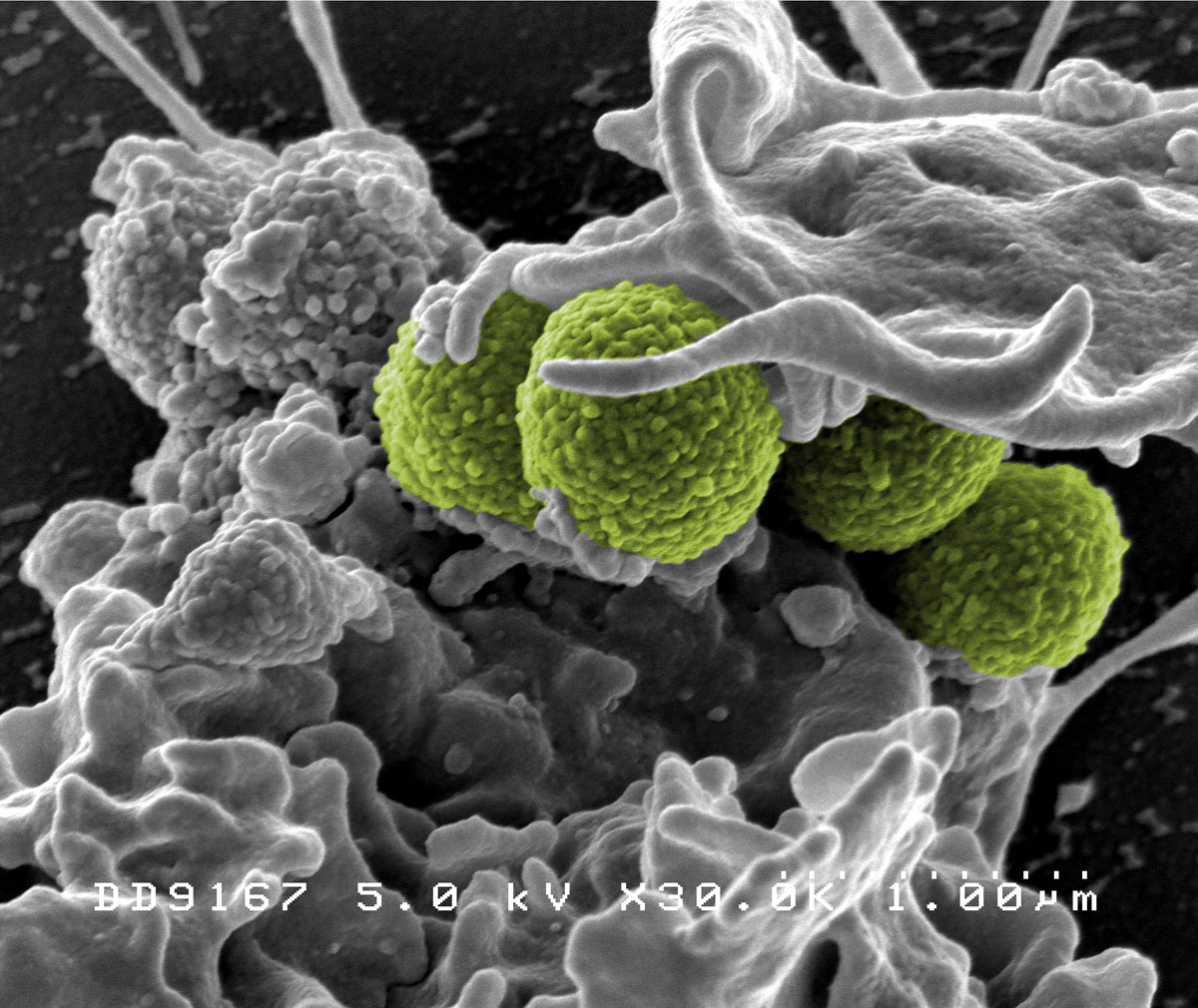
MRSA rash occurs due to infection by Methicillin-resistant Staphylococcus aureus (MRSA). This rash can pose a risk to life if left untreated and although it cannot be managed with antibiotics there are other ways to threat it and prevent it.
MRSA bacteria belong to Staphylococcus aureus family of bacteria and it causes Staph infection. It is resistant to antibiotic methicilin. But, MRSA infection is also resistant to other antibiotics such as oxacillin, penicillin and amoxicillin. This infection is highly contagious. MRSA infection is commonly contracted in hospitals, nursing homes and other health care centers (HA-MRSA). There is also another type of MRSA infection acquired in community among healthy people (CA-MRSA).
MRSA infection can be spread by physical contact with infected person or carrier, or by physical contact with objects that have been touched by infected person. MRSA bacteria cannot affect healthy skin tissue but it enters through cuts and wounds therefore it is usually acquired in hospitals. It can be prevented with maintaining good hygiene and prompt treating of any skin injury.
Symptoms of MRSA RashRash caused by MRSA bacteria is red, swollen and painful. At first, the rash appears as small red boil that can be itchy and inflamed. Over time, these boils burst open and ooze pus or other drainage, leaving an open, red sore on infection site. Painful abscesses that develop due to MRSA infection require surgical drainage. Bacteria can burrow deep into the body and infect bones, joints, bloodstream, lungs, and heart valves. This may cause toxic shock syndrome, endocarditis, osteomyelitis, necrotizing pneumonia and sepsis. Staph infections include:Boils - infection of hair folliclesAbscesses – gathering of pus under the skinStyes – infection of the eyelidCellulitis – infection of the deep layer of the skin, fat and tissuesCarbuncles – pus-filled lumps under the skin, larger than abscessImpetigo – infection that produce blisters and pusCommonly, a person with MRSA infection will experience high temperature, chills and drop in blood pressure. Rash will appear on most part of the body. Severe headaches, pain in the joints and shortness of breath are also caused by MRSA infection.
Treatment for MRSA RashTreatment for MRSA is somewhat difficult since it is resistant to many antibiotics. However, antibiotic vancomycin can treat resistant microorganisms. Antibiotic linezolid can also be helpful in treatment of MRSA rash. Vancomycin is usually given intravenously or via injection while linezolid can be given into vein or swallowed. Mupirocin antibiotic cream can be topically applied for treatment of MRSA rash. Mupirocin cream aids by preventing mucous membrane colonization. However, doctors often choose to treat MRSA rash without drugs. To combat resistance, doctors usually drain the bumps and abscesses.


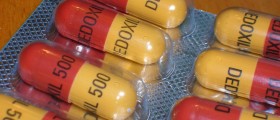



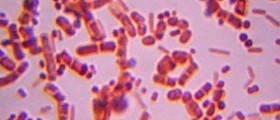
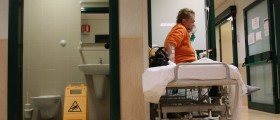
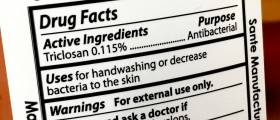




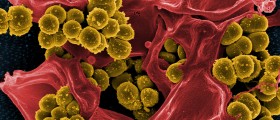
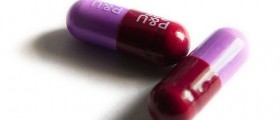


Your thoughts on this
Loading...